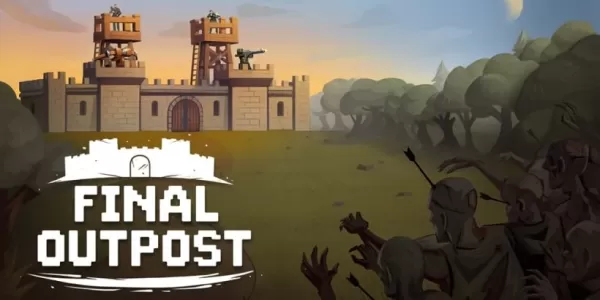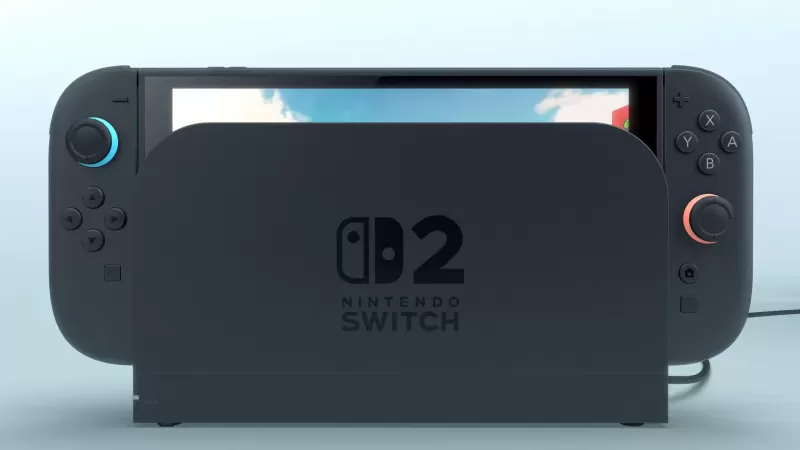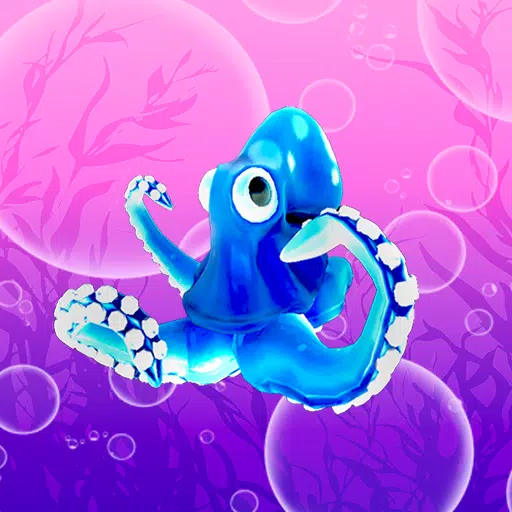In recent years, Capcom has experienced a resurgence, with titles like Monster Hunter Wilds breaking Steam records and Resident Evil gaining immense popularity thanks to Resident Evil Village and a series of stellar remakes. It's a far cry from less than a decade ago when Capcom was struggling after a series of critical and commercial flops. The company had lost its way and its audience, grappling with an identity crisis that threatened its future.
Resident Evil, a pioneer in the survival horror genre, had lost its edge after the release of Resident Evil 4. Similarly, Street Fighter, another major franchise, was faltering following the poorly received Street Fighter 5. These setbacks could have marked the end of Capcom and its beloved series. However, a strategic shift, bolstered by a new game engine, revitalized these franchises and set Capcom on a path to years of critical and financial success.
Resident Evil Lost Its Way
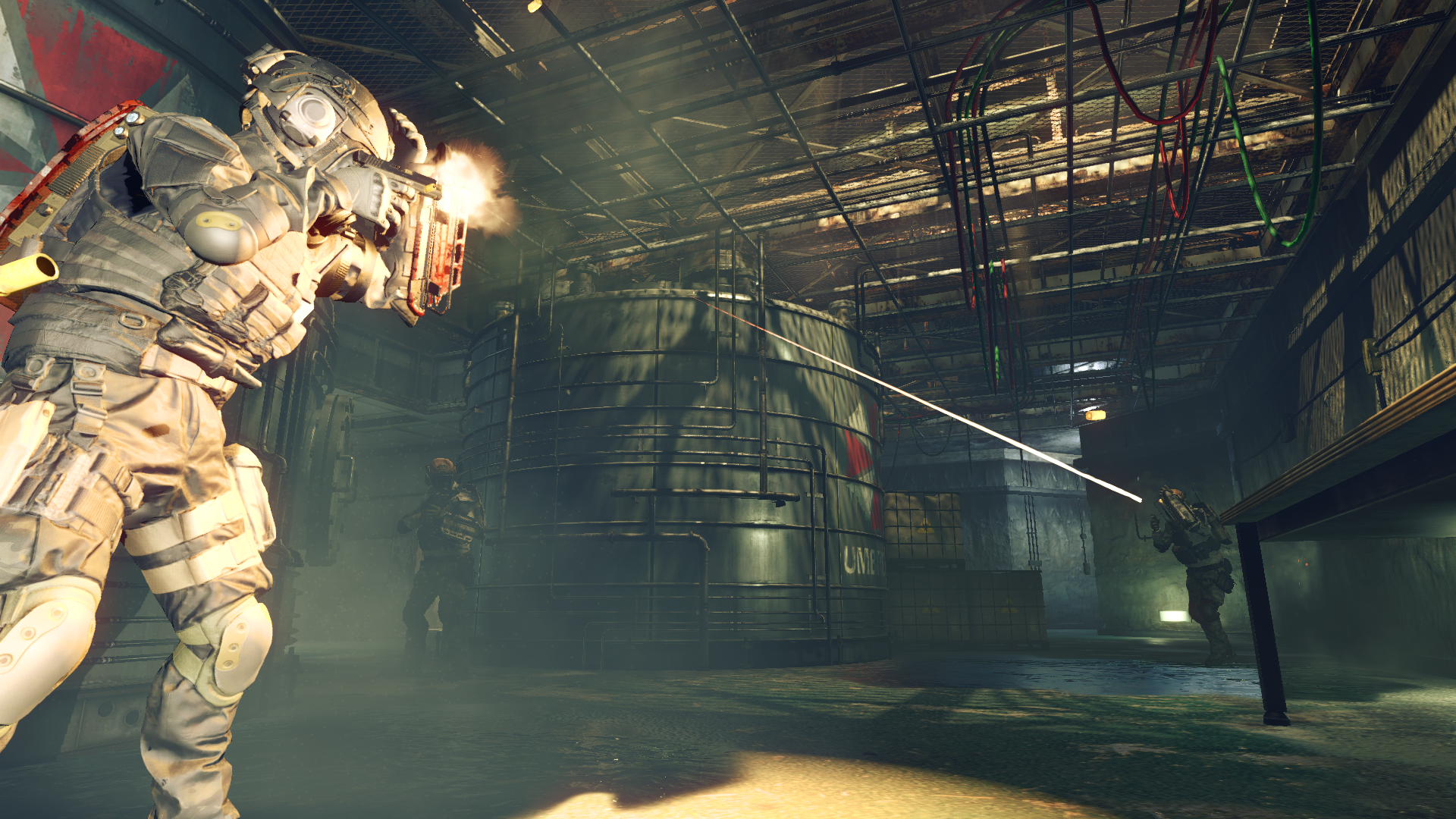
2016 was a challenging year for Capcom. The release of Resident Evil's online co-op shooter, Umbrella Corps, was met with harsh criticism from both reviewers and fans. Street Fighter 5 also disappointed, leaving many to question the sequel to the beloved Street Fighter 4. Dead Rising 4, which saw the return of Frank West, would be the last new entry in the series. These releases underscored a difficult period for Capcom, which had been struggling since 2010.
During this time, the mainline Resident Evil games faced declining critical reception despite strong sales. Street Fighter was struggling, and other Capcom staples like Devil May Cry were absent. Meanwhile, Monster Hunter, although hugely successful in Japan, faced challenges in breaking into international markets.
"Many of us started feeling that what the fans and players wanted from the series was getting a little bit separate from what we were making," a sentiment that highlighted the disconnect between Capcom and its audience. This was a stark contrast to the Capcom we know today, which has been consistently successful since 2017, releasing hit after hit from its iconic franchises, including Monster Hunter World, Devil May Cry 5, Street Fighter 6, and a trio of acclaimed remakes alongside a soft reboot of the Resident Evil series.
Capcom's turnaround required more than just learning from past mistakes; it involved rethinking its entire strategy, from target audiences to the technology it employed. IGN spoke with four leading creatives at Capcom to understand how the company managed to recover and thrive.
Founded in 1979 as a manufacturer of electronic game machines, Capcom rose to prominence in the '80s and '90s with 2D games like Street Fighter and Mega Man, before successfully transitioning to 3D with titles like Resident Evil. Between 2000 and 2010, Capcom modernized many of its classic franchises, culminating in the creation of one of the greatest games of all time, Resident Evil 4.
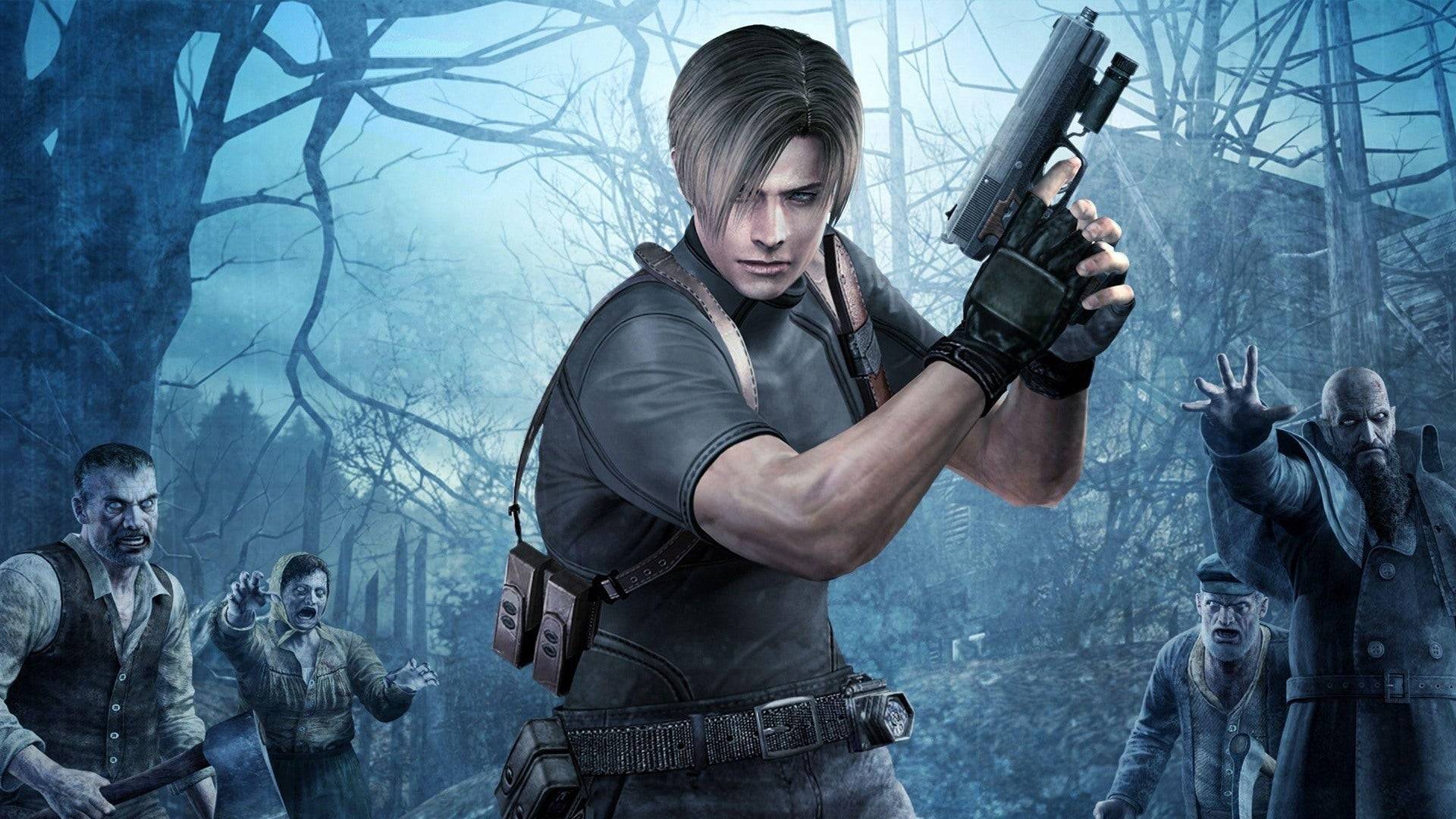
Released in 2005, Resident Evil 4 is widely regarded as a high point for the franchise, blending horror with action inspired by films like Friday the 13th and the works of H.P. Lovecraft and John Carpenter. However, subsequent games struggled to maintain this balance. In Resident Evil 5, the series shifted towards more action-oriented sequences, losing the horror essence that defined it. This shift was evident to both players and developers, including Resident Evil 4 remake director Yasuhiro Ampo.
"Overall throughout the Resident Evil series, we set up different goals, challenges, and things we want to try with each game… But this time, many of us started feeling that what the fans and players wanted from the series was getting a little bit separate from what we were making," Ampo explained. This confusion led to Resident Evil 6, which attempted to cater to both action and horror fans but ultimately left both groups unsatisfied.
Capcom's struggles were not limited to Resident Evil. Following the success of Street Fighter 4, the sequel, Street Fighter 5, was criticized for its lack of single-player content and poor online functionality. Similarly, Devil May Cry saw declining returns, leading Capcom to outsource the next installment, DmC: Devil May Cry, to Ninja Theory. The game, while later becoming a cult classic, initially faced backlash from fans.
Other attempts to capture the Western market, like Lost Planet and Asura's Wrath, also failed to resonate with audiences. The only bright spot during this period was Dragon's Dogma, a new dark fantasy RPG directed by Devil May Cry's Hideaki Itsuno. It was clear that Capcom needed to make significant changes.
Street Fighter 5, The Lost Cause
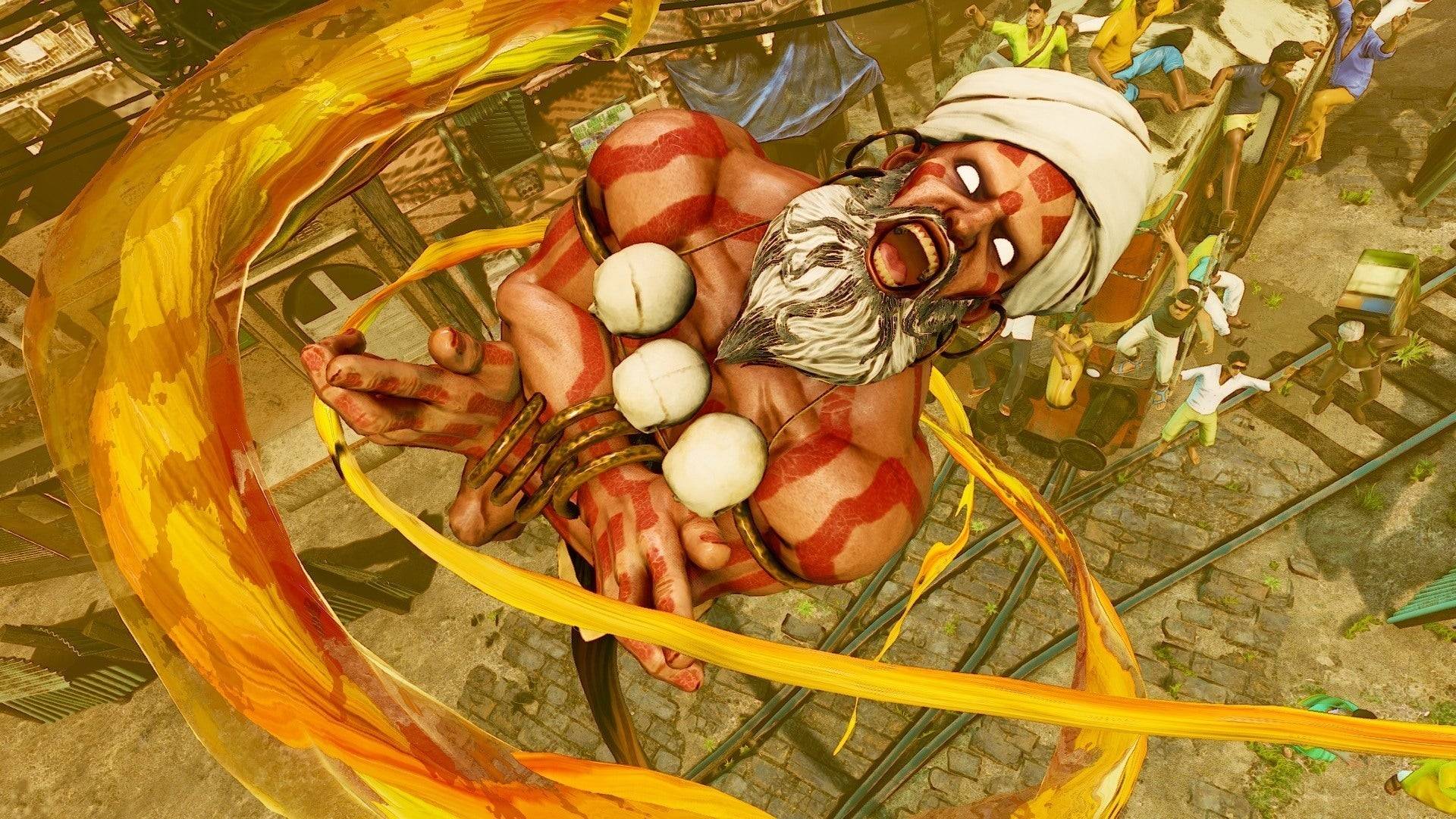
In the mid-2010s, Capcom began implementing strategic changes to turn its fortunes around. The first step was addressing the issues with Street Fighter 5. Director Takayuki Nakayama and producer Shuhei Matsumoto were tasked with stabilizing the game and regaining fan trust.
"There definitely were some challenges within the production of the game, and that was part of the reason why I was brought into the team," Nakayama admitted. The development constraints meant that major changes were not feasible, so the focus was on fixing pressing issues and preparing for Street Fighter 6.
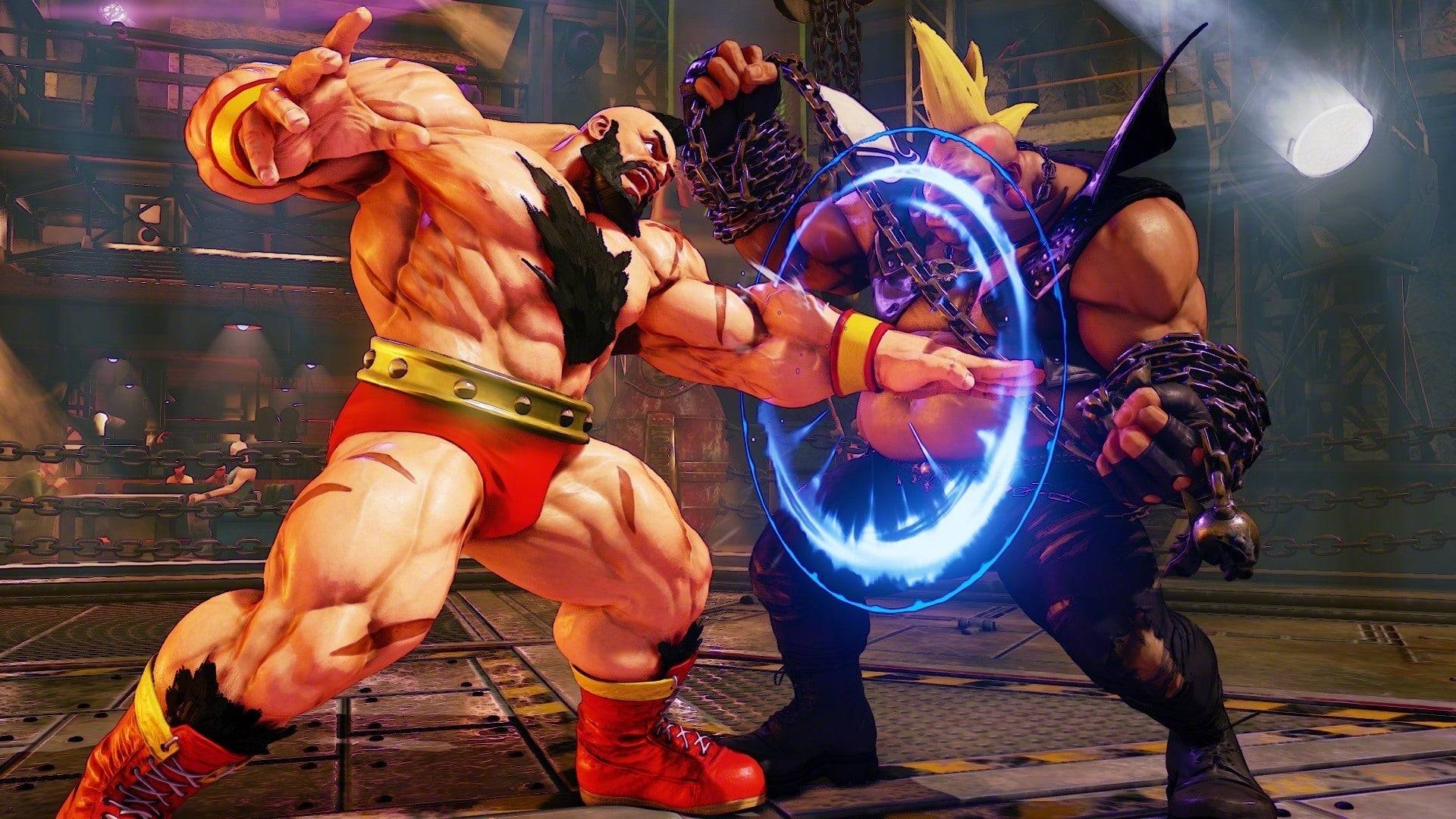
"We just didn’t really have enough time to address some of the problems and challenges we faced in Street Fighter V," Nakayama explained. "And so, with our hands tied behind our backs, we basically had to wait for those ideas to be brought back for the initial conceptual phases for Street Fighter 6, so we could tackle and do things properly for the next title."
Despite the challenges, abandoning Street Fighter 5 was not an option. "There wasn’t any sort of sense of like, ‘Okay let’s just end Street Fighter 5 and focus on Street Fighter 6.’ It was more like, while we were working on Street Fighter V, we were trying to figure out what we really wanted to do in Street Fighter 6 content-wise," Matsumoto said.
Street Fighter 5 served as a testing ground for new ideas, allowing the team to learn from their mistakes and apply those lessons to Street Fighter 6. The improvements ranged from netcode enhancements and character re-balances to new characters and mechanics like V-Shift. The overarching goal was to rediscover the fun in fighting games, which had been overshadowed by the frustrations of Street Fighter 5.
"We both realized that fighting games are fun, and when you get used to them, it becomes more enjoyable and something you can essentially play forever as long as you have an opponent to play against," Matsumoto noted. "However, one of the challenges that we faced with Street Fighter V is that we felt that there wasn’t a clear pathway that helped guide players to get to that level where they finally feel like they’re having fun and will want to continue playing."
Street Fighter 6 took a different approach by expanding tools for new players while retaining the elements that seasoned fans loved. By using Street Fighter 5 as a testbed, Capcom ensured that Street Fighter 6 launched as one of the most critically acclaimed games in the franchise.
To prevent future overhauls, Capcom needed a broader strategic shift. This led to significant behind-the-scenes changes that would support the company's ongoing success.
Monster Hunter Took Over The World
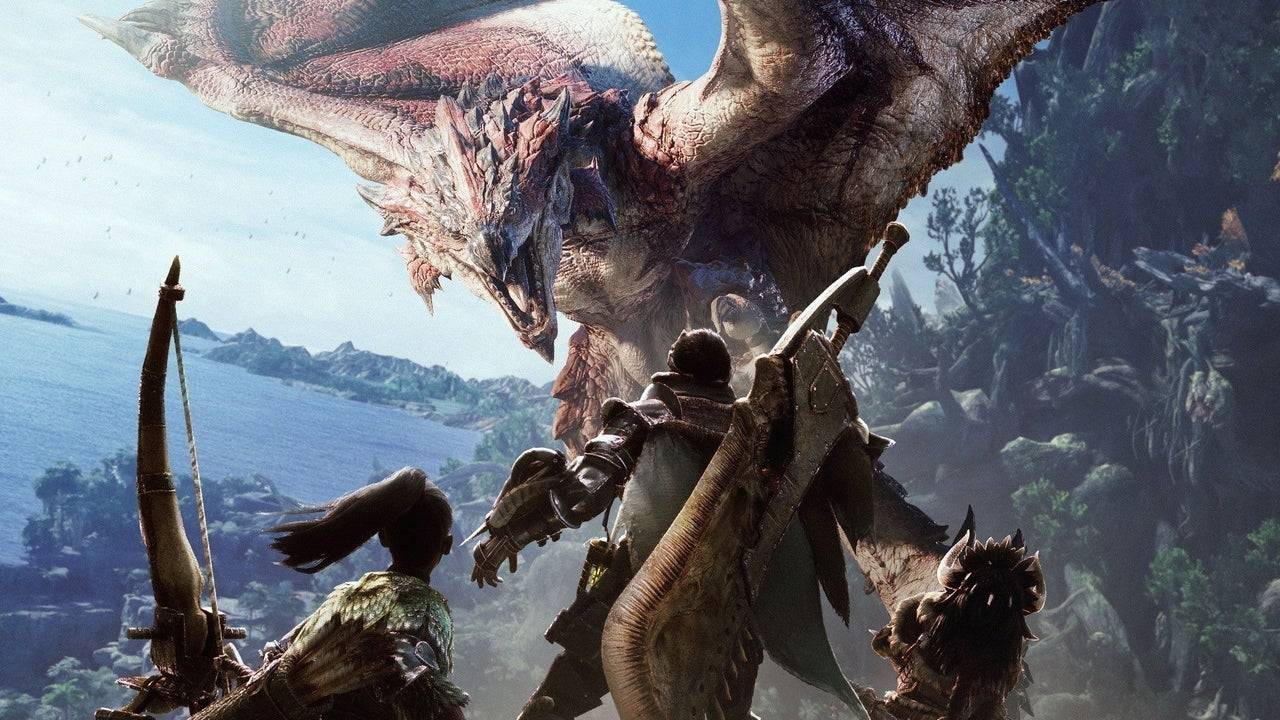
Around the time of Street Fighter 5's launch in 2016, Capcom underwent an internal reorganization to prepare for a new generation of games powered by the RE Engine, a replacement for the aging MT Framework. This shift was more than just a technological upgrade; it was a commitment to creating games that appealed to a global audience.
"It was a few factors that came together," said Hideaki Itsuno, a former game director at Capcom known for his work on Devil May Cry. "The change of the engine and also all teams were given a very clear goal at that point to make games that reach the global market. [Games] that are fun for everyone."
During the PS3 and Xbox 360 era, Capcom tried to cater to the Western market with action-heavy games like Resident Evil 4 and spin-offs like Umbrella Corps and Lost Planet. However, these efforts fell short. Capcom realized the need to create games that appealed to a broader, global audience.
"I think that we had that clear goal of just focusing and not holding anything back," Itsuno said. "Towards making good games that would reach people from all over the world."
The period leading up to 2017 was pivotal. "The changes in organization and the changes in the engine, all these elements came together around that time," Itsuno noted. The launch of Resident Evil 7 in 2017 marked the beginning of a Capcom renaissance.
Monster Hunter epitomized Capcom's new goal of global success. Although popular in the West, the series was significantly larger in Japan. Its success on the PSP with Monster Hunter Freedom Unite was driven by Japan's strong handheld gaming market, which facilitated multiplayer gameplay without internet access.
"20 years ago in Japan, having a network connection wasn't as easy, and there weren’t a huge amount of people playing Monster Hunter online. However, handheld consoles made multiplayer gameplay easy without internet access, and I regard it as a great success that we had players experience the game in this way, which was one of the ways we really wished for them to play and enjoy it, even in that era when online gameplay wasn't easy," explained Ryozo Tsujimoto, Monster Hunter's executive producer.
Monster Hunter's focus on cooperative play was best served by handheld consoles, which inadvertently reinforced its reputation as a Japan-only brand. However, with improved internet infrastructure in the West, Tsujimoto saw an opportunity to launch a more globally accessible Monster Hunter game.
Released in 2018 on PlayStation 4, Xbox One, and PC, Monster Hunter: World was a game-changer. It featured large-scale, AAA console quality action, with enhanced graphics, larger areas, and bigger monsters. "Our approach to the globalization of the series and Monster Hunter in general really ties into not only the themes that we had going into designing the game, but also in the name of the game," Tsujimoto revealed. "The fact that we called it Monster Hunter: World is really kind of a nod to the fact that we wanted to appeal to this worldwide audience that we wanted to really dig into and experience Monster Hunter for the first time."
Monster Hunter: World was released simultaneously worldwide, with no exclusive content locked to Japan, aligning with global standards. "For World, we conducted focus tests across the world, and some of the feedback and opinions that we got during that process really affected how we designed our game systems and impacted how much success we had globally," Tsujimoto said.
One significant change was the inclusion of damage numbers when hitting monsters, a tweak that helped broaden the series' appeal. Monster Hunter: World and its 2022 follow-up, Monster Hunter Rise, both achieved sales exceeding 20 million copies, a monumental leap from previous titles.
"At its heart, Monster Hunter really is an action game, and that sense of accomplishment you get from really mastering that action is an important aspect of Monster Hunter," Tsujimoto explained. "But for newer players, it's really about getting to that point. The steps involved in getting to that sense of accomplishment is what we're trying to strategize for, in terms of designing for new players. So with World and Rise, for example, we were taking great care to analyze where players got stuck, what was hard to understand, what they were having trouble with, getting player feedback, and also doing our own kind of research into that. And all of that kind of knowledge has impacted how we've implemented new systems into Wilds."
Resident Evil 7 Began Turning Things Around
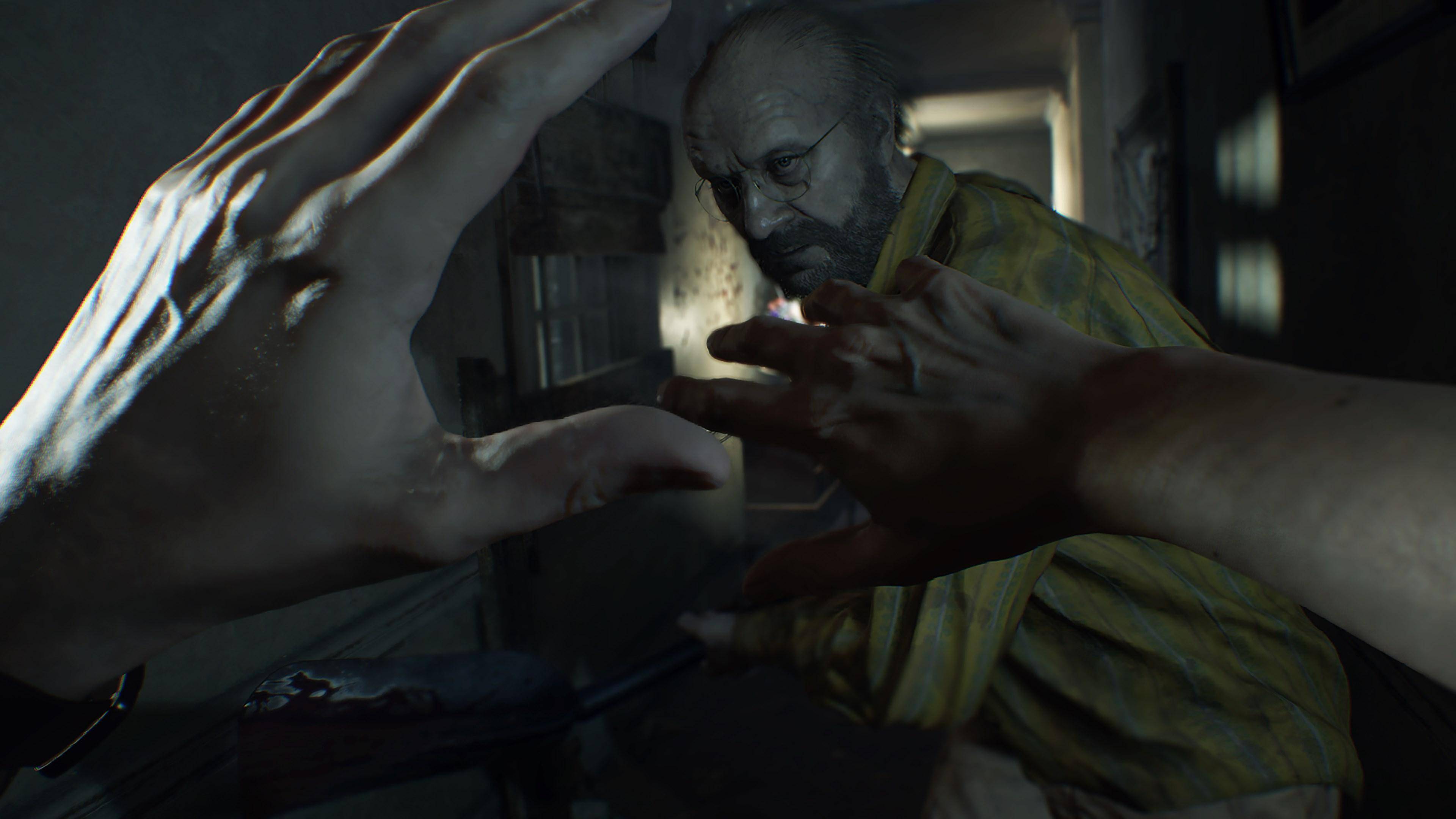
While Monster Hunter had a winning formula, Resident Evil faced a different challenge: deciding between gory action and survival horror. Executive producer Jun Takeuchi made the pivotal decision to return to the series' survival horror roots.
"It was around the time I was working on Resident Evil Revelations 1 and 2. I was trying to test different things, try different approaches," recalled Yasuhiro Ampo, director of Resident Evil 2 and 4 remakes. "And around this time is when the R&D teams were divided into R&D division one and two. The executive producer of the Resident Evil series, Jun Takeuchi, took command of R&D division one, and he set the core direction that the Resident Evil series needed to go back to its origins, to its roots."
Resident Evil 7, announced at PlayStation's E3 2016 conference with a first-person perspective, marked a return to horror. "With Resident Evil 7, the executive producer, Jun Takeuchi, made it clear that we cannot underestimate how critical it is for the series for it to be scary and about survival. So he made it clear that Resident Evil 7 would go back to its origins, it would be very cautious with its survival elements. And with that as a basis, then we would try new and different things," Ampo said.
The game was a success, reinstating the series' horror essence with its unsettling southern gothic setting. While Resident Evil 7 and 8 remained in first-person, Capcom planned to revisit the third-person perspective with remakes, starting with Resident Evil 2. The demand for remakes was evident from fan projects, prompting producer Yoshiaki Hirabayashi to commit to the project.
"It was like, ‘all right people really want this to happen.’ So producer [Yoshiaki] Hirabayashi came up with the slogan: ‘Well, we’ll do it,’" Ampo revealed. The Resident Evil 2 remake combined horror with action and puzzles, introducing a menacing Tyrant system that allowed Mr. X to stalk players throughout the Raccoon City police station. It became the second best-selling Resident Evil game in the franchise's history.
Despite initial hesitation, Capcom proceeded with a Resident Evil 4 remake, focusing on fine-tuning the action-horror balance to align with Takeuchi's vision. "As you mentioned, [Resident Evil 4] was still a title that enjoyed some popularity. So there was a lot of internal discussion on how maybe it’s not a good idea. Maybe we don’t need a remake for Resident Evil 4, especially because Resident Evil 4 is a game that is so beloved. If we get anything wrong with the remake, people might be quite vocal about their discomfort," Ampo noted. The remake was a hit, maintaining the heart-pounding action while enhancing the horror elements.
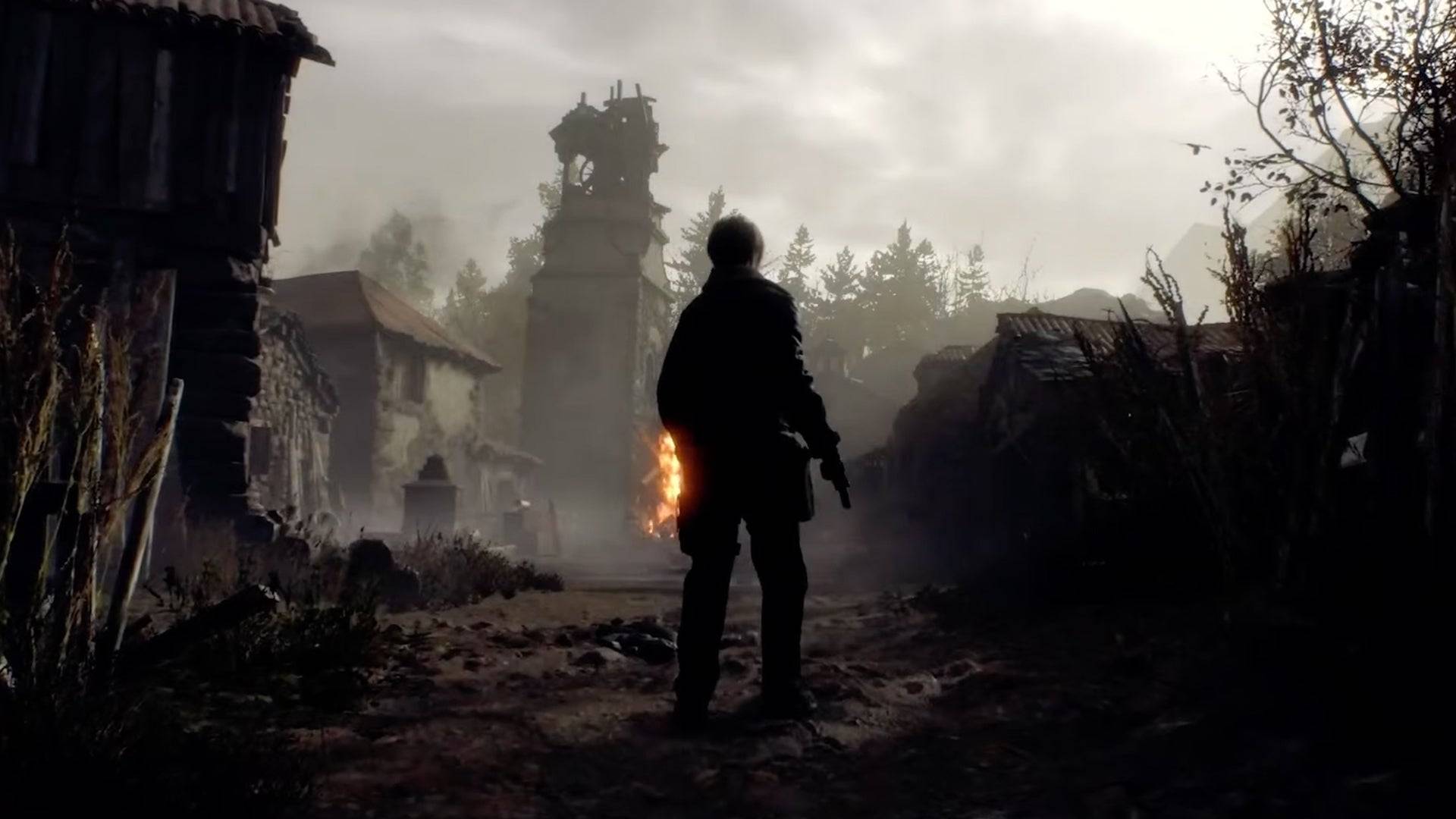
During this time, Devil May Cry director Hideaki Itsuno also sought to reinvigorate the action genre. After working on Dragon's Dogma, Itsuno returned to Devil May Cry with a vision to challenge players, leveraging the powerful RE Engine.
The Reason Behind The Change
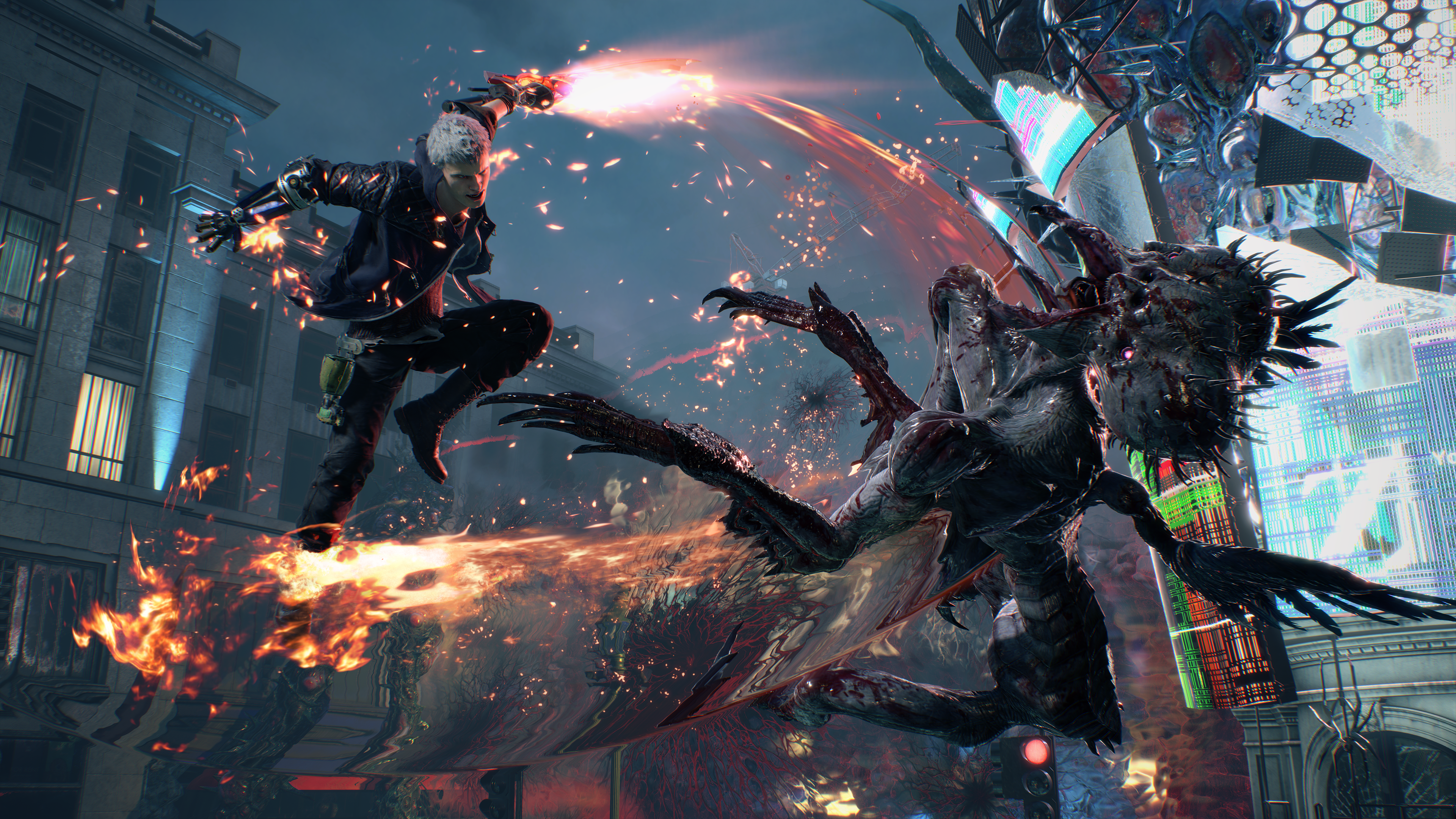
"I felt like the main trend with action games was to make action games that were very kind," Itsuno admitted. "Maybe, for me, a little bit too kind to the players, lending a hand to the player too much to my liking."
Itsuno, who directed Devil May Cry starting with the second game, returned after nearly 11 years to helm Devil May Cry 5. The time away allowed him to refine his vision, supported by significant technological advancements. "Technology-wise, there were not just little improvements that you would have when you work on a series consecutively," Itsuno said. "When there’s a wide timeframe, [the technology] changes significantly."
The RE Engine, which powers most of Capcom's games today, replaced the MT Framework and offered superior handling of photorealistic assets. It was also more agile, allowing for quicker implementation of changes. "So the original concept for the RE Engine was to allow for a development environment that was less stressful and could help us to make things quicker. Because it’s an internally developed engine, when we needed any additional tools, well, we could ask for them internally. They could be fixed somewhat quickly, internally, and also iterated on," Ampo explained.
This flexibility was crucial for Itsuno, whose goal was to create the "coolest" action game. "Devil May Cry is a franchise that stands on being cool," Itsuno said. "That’s what the franchise is, it’s about being cool. Ever since I took over the series from Devil May Cry 3, I put everything that I, as a person, I considered throughout my life to be cool. Anything I’ve seen on TV, in movies, and comics I’ve read, any sport experiences I’ve had, I try to distill everything that I think is cool into what the game is."
A New Capcom Golden Age
Since 2017, Capcom has released a game of the year contender almost annually, a remarkable achievement in an industry where consistency is challenging. This winning streak, including titles like Monster Hunter Wilds, showcases Capcom's ability to seamlessly transition between genres, from fighting games to survival horror to open-world RPGs.
Capcom's focus on creating globally appealing games, supported by the technologically advanced RE Engine, has been the key to its success. The company has managed to maintain the unique identities of its franchises while expanding their audiences by millions.
"Capcom is going through a golden era, and, well, now we have to do everything we can so that this lasts one more year, one more year, and every year, one more year," said Monster Hunter's Tsujimoto. "Hopefully we can extend it as long as we can."
While many of Capcom's contemporaries struggle with identity and trends, Capcom's strategic changes have ushered in a new golden age that shows no signs of slowing down. The company may have faced a fall, but it has risen stronger and more successful than ever.


